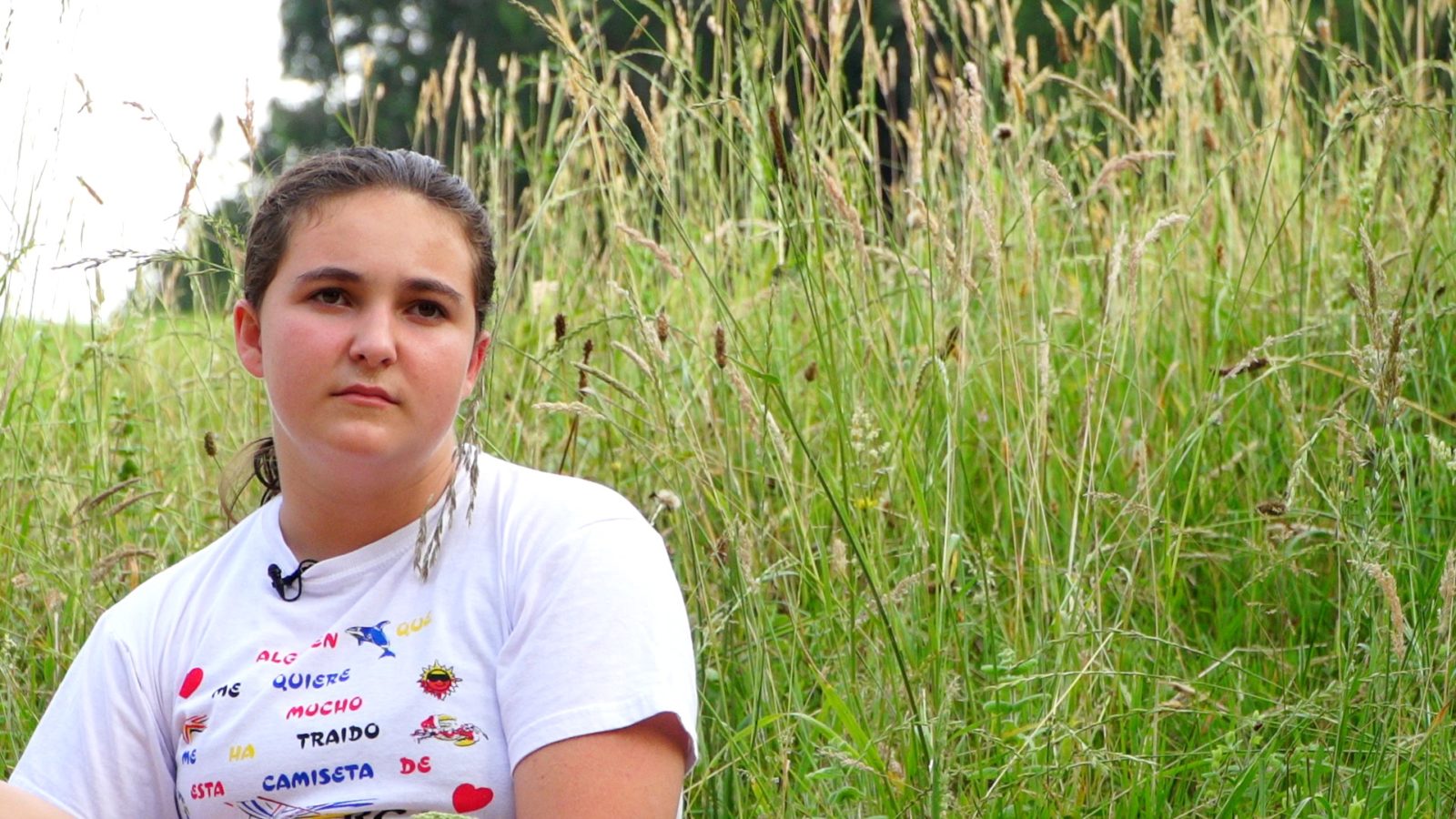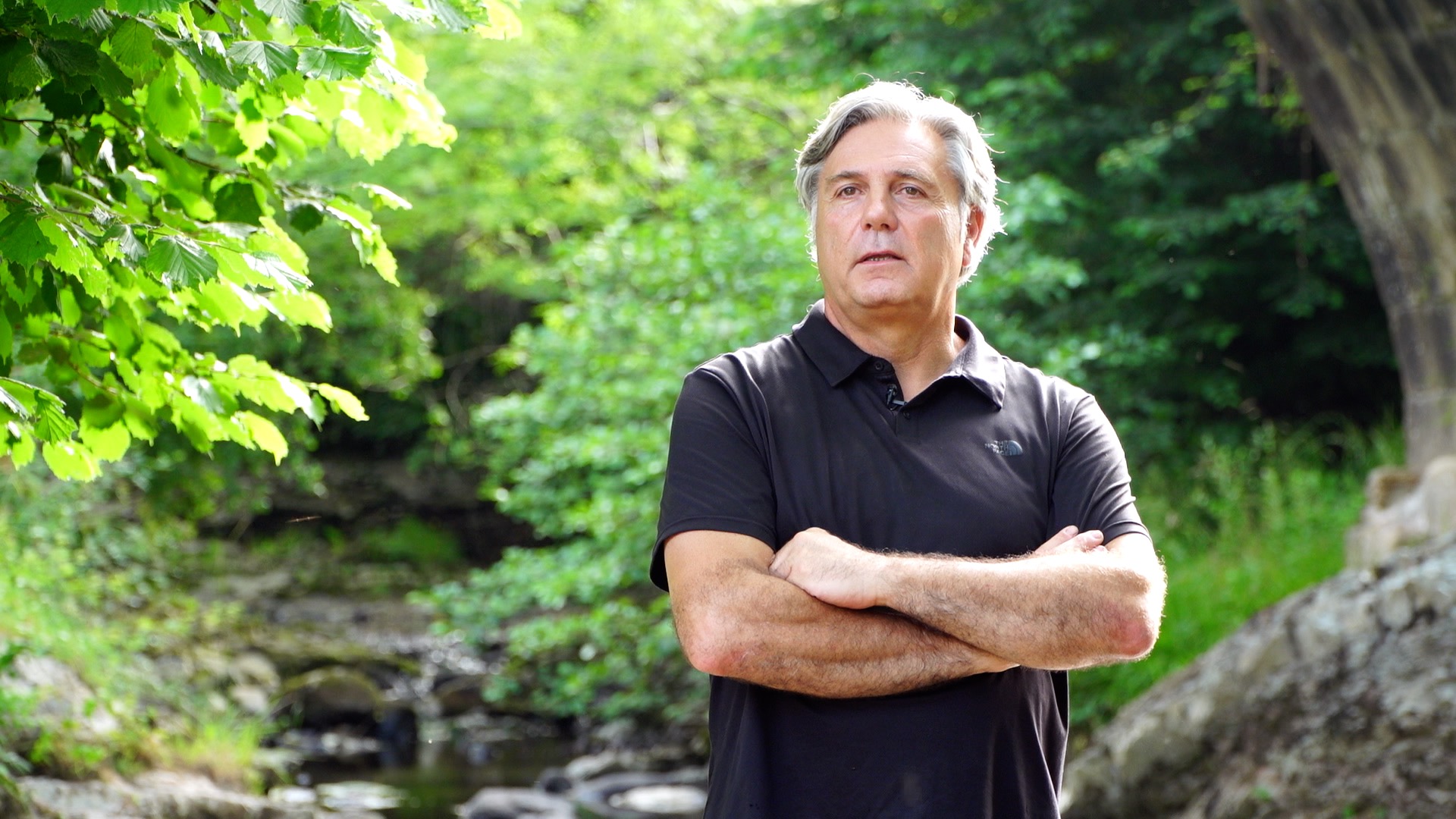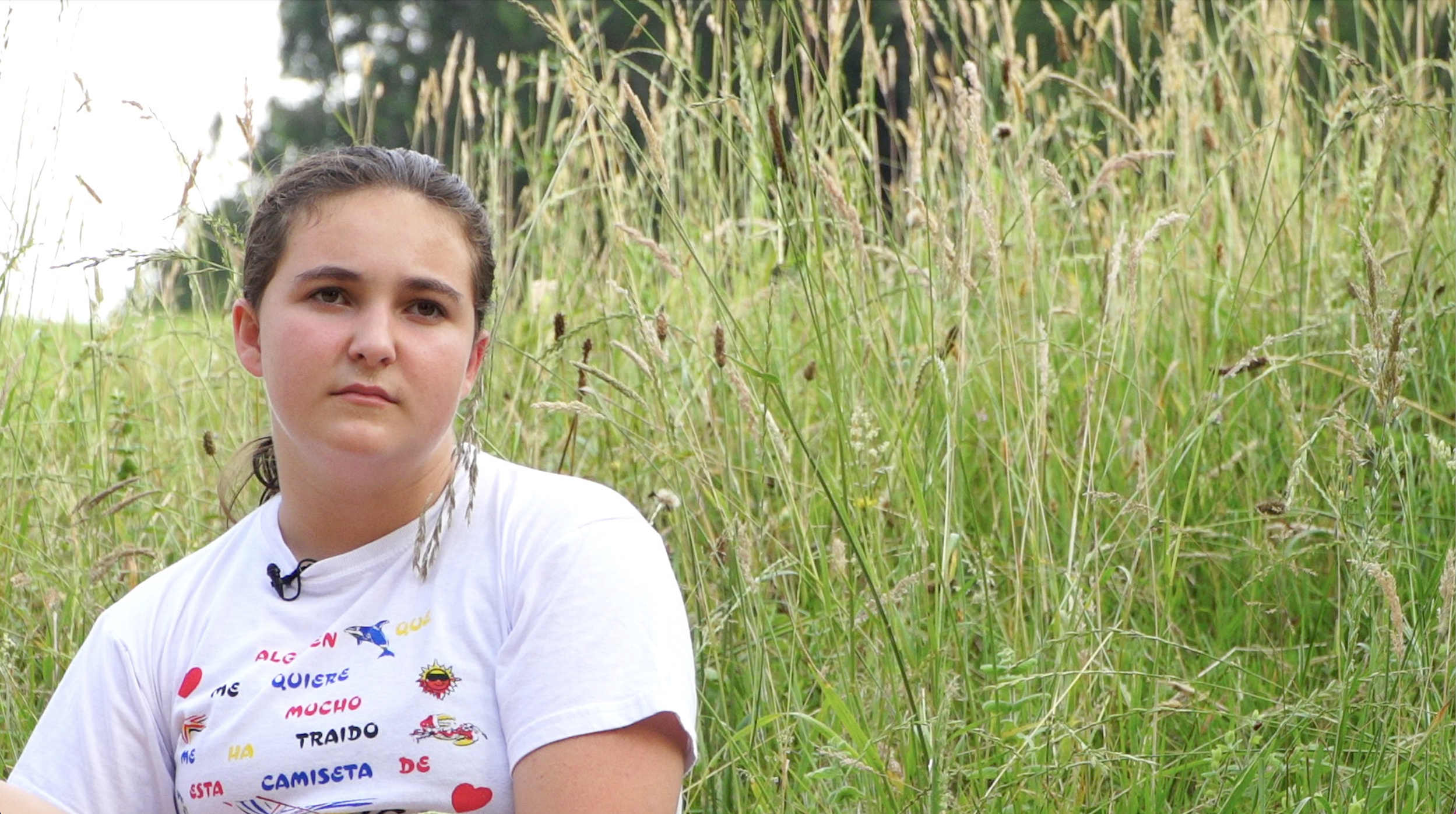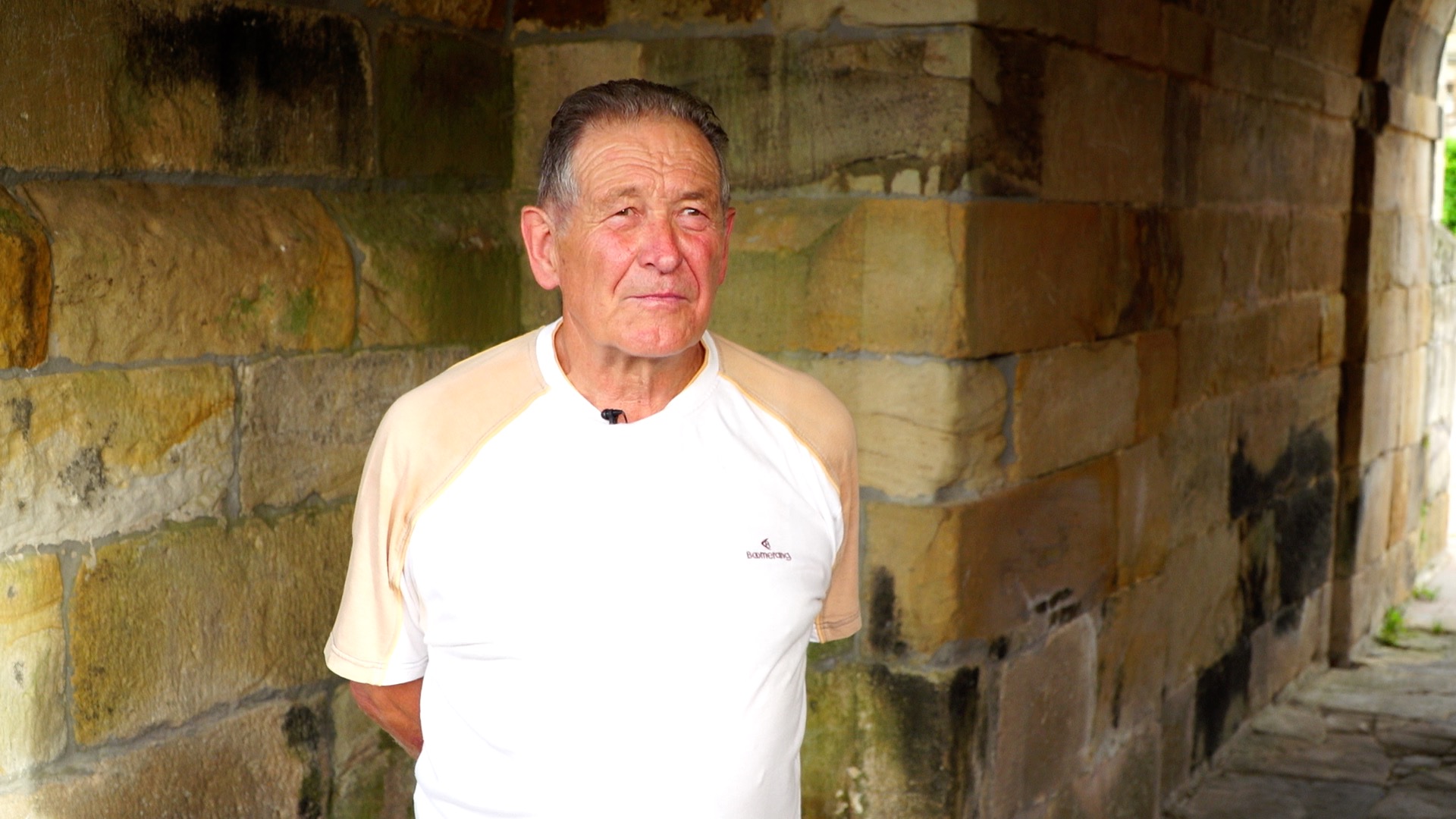"Recovering deteriorated springs or fountains will take care of the links and shared history".

Interview with four of the Cantabrian concomitance's principals.
Four of the commissioners of the new project that starts in 2022 in the neighbourhood of Llanos (Cantabria) tell us about their experience with this participatory process that explores, through art, the relationship of the people with their water resources, the river and the springs.

INTERVIEW 1:
C: What is your name and what is your relationship with the project?
Francisco: My name is Francisco, and I have lived here for 14 or 15 years. My relationship with the village began when we used to come here to look after some horses we had on rented land. When the opportunity arose to buy the land, we built the house where we live now. That was the beginning of our history in the village.
C: Why did you decide to get involved in the Concomitentes project?
F: It is a project that can help those of us who live here to get to know the town better or to get to know it in other ways. I see it as something exciting, an initiative that brings people together and that can ensure that this unity continues if we know how to work on it and move it forward.
C: How have you seen the project evolve since those initial meetings in April?
F: The weekly meetings have had very different dynamics, but what has remained the same is that everyone wanted to contribute. The proof is that at the end of the process two very valuable main ideas were generated, now we will see how the project itself will develop.
C: What was the voting process for the 26 June mandate like?
F: Initially, the group came up with three proposals, which at one point were expanded to four and finally became two. The first is related to water - the river, the fountains, the washing places and the nature around that environment - and the other is something more social, a demand that the village has always had. Since a few years ago when we lost the bar, -which was a meeting point that not only served to have a drink, but also to get together and share day-to-day things-, this demand was more in response to that social need, to have a place to give talks, to have a place to meet, to play a game of cards or to have a drink. But in a way, Aguas Vivas also combines a community aspect that takes into account this social aspect.

INTERVIEW 2:
C: What is your name and what is your relationship with the project?
Irene Rábago: My name is Irene Rábago, I am 13 years old and I have lived here since I was 2. I was born in Santander and lived there for two years, but because of my grandmother's influence, we came to live here.
C: What do you like most about living in Llanos?
IR: Living in contact with nature gives me the freedom to go out and about whenever I want.
C: What is your relationship with nature and what is your day in the village like?
IR: I walk a lot in the area around the bridge, by the viaduct fountain and along some paths further up. Sometimes I go up to the hut with the cows and horses, or I go for a bike ride. Wherever I go here it's all trees and meadows.
C: You have participated in the meetings from the beginning, what has this experience been like for you?
IR: It's very cool to meet every Wednesday, I'd like to keep it going because otherwise we only meet when we celebrate the holidays.
C: How do you think the project can be beneficial for the village or for you?
IR: It is an initiative that can be very beneficial for the whole village, both in relation to water and for the residents.
C: Tell us about your relationship with the river and its environment and why you think it is important.
IR: Every summer, before we had the swimming pool, we have always come to the river to bathe, we have also gone for walks along the river, our dogs have bathed in it... A little while ago, I brought my dog here to bathe because this summer it is very hot and our house is close by. We've built houses by the river with pallets, we've done everything in the river, we've even fished with rods or nets, although whenever we catch something, we always release it afterwards.
C: Do you think that a project like this concomitance can make the people more united?
IR: The process in itself is already very beneficial, because it is bringing us together and exchanging views among the whole community.

INTERVIEW 3:
C: What is your name and what is your relationship with the project?
Martial: I am Marcial and I am part of the working group. I lived in Llanos from the age of 6 until I was 14, from that age I lived in a village next door, El Arenal, until I got married and went to live abroad for 33 years with my wife and children, and then we returned to Llanos where we have been living for the last 16 years.
C: What is it like to live in such a village?
M: It's a place where people help each other, greet each other in the street and give each other a hand where we can.
C: How do you assess the concomitance of Aguas Vivas?
M: I think that working with the river is a good bet, to see if we can recover at least two old fountains and the river environment.

INTERVIEW 4:
C: What is your name and what is your relationship with the project?
Maria: I'm Maria and I've been living here for seven years, I came because it's a small town, relatively close to other bigger towns and the city. Also because I knew people from here and I really liked the environment.
C: How did you find out about Concomitentes here and what did you see as beneficial for the project?
M: I heard about it from some neighbours, who told me that some meetings were being held to organise something for the village. They talked about ‘mediators‘ in the abstract, I found it interesting that very different people from the village were getting together to think about doing something common for everyone. I was pleased to know that many people miss the same thing, to be able to get together and that there are meetings between people with whom we don't have much contact on a day to day basis.
C: Do you think that the process we are going through can provide a solution to this situation?
M: Hopefully the process will bring a concrete solution, but I think it is already helping people who previously did not share common spaces to talk about what is missing in the village. Solutions may not be found for everything, but at least the dialogue has begun. I see the potential of the project as a door that is opening to create a space in the village to talk about all this.
C: How do you assess the process that is now starting around the river and its resources?
M: One of the words that have come up during the meetings is “intergenerational”, that is to say, that it should be a space that can respond to the interests and desires of different ages, ways of being or between people who have been in the village all their lives and others, like me, who have arrived later. It is a very strong feeling in the village that “we don't have a place where we can meet”. In this sense, water and the recovery of deteriorated springs or fountains to take care of this sentimental link and shared history will unite the community. These resources also have a utility that is now partially lost and could become a meeting place. There is a strong link with the springs and the river and there is a collective desire to care for and improve it.










 Concomitentes
Concomitentes